Packing your carry-on bag is one of those things that sounds easy… until you’re standing at security wondering if your power bank will get you stopped, or whether your moisturiser counts as liquid. So if you’re flying out soon, here’s a simple guide to what you can bring with you in your hand-carry.
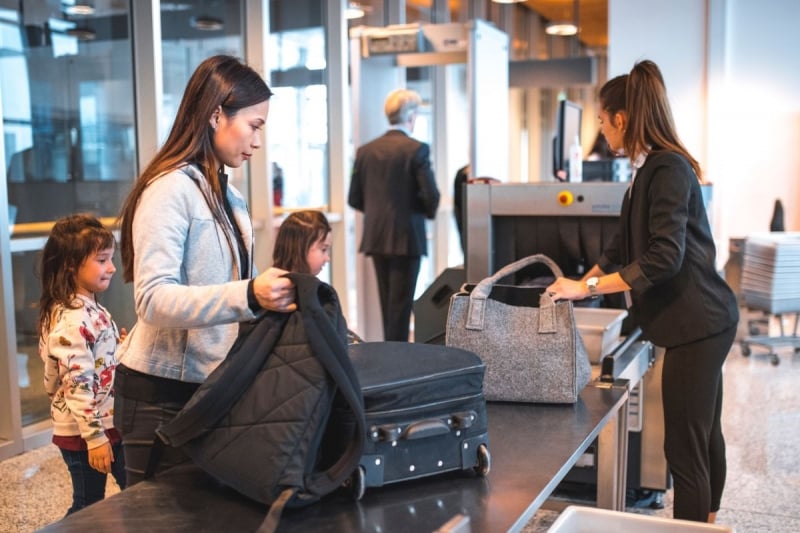
Image Credit: AzmanL via Canva Pro
Let’s save you from the classic “eh can bring or not ah” moment.
How much can you even bring?
First off, every airline has its own rules for how much your carry-on can weigh and what size it should be. So the safest thing is always to check your airline’s website before you fly, since even different routes or ticket classes can have slight variations.
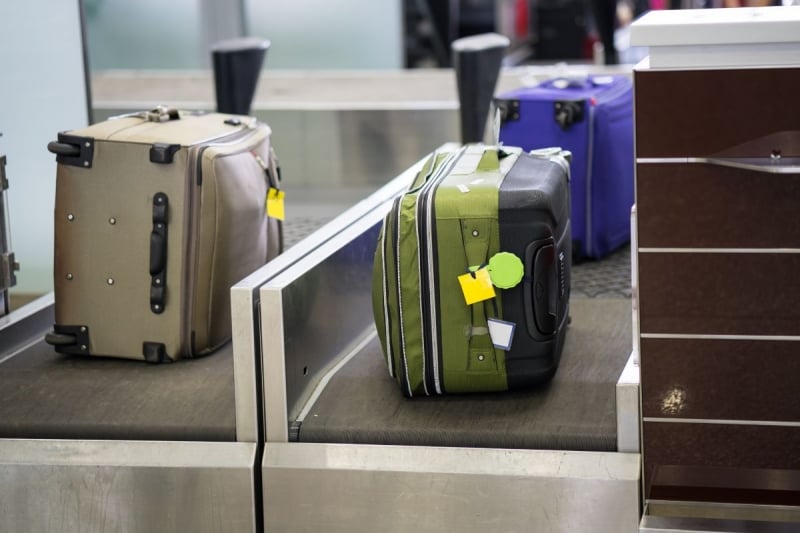
Image Credit: Vinh Dao via Canva Pro
That said, for my fellow Singaporean travellers, here’s roughly what you can expect from our common airlines:
On Scoot, Economy passengers usually get 10kg total (split between your main carry-on bag and a smaller personal item like a laptop bag or handbag). ScootPlus passengers get up to 15kg. Your main bag should be small enough to fit into the overhead compartment, while your personal item goes under the seat.
On Singapore Airlines (SIA), Economy passengers get 7kg for one cabin bag. If you’re flying Business or First Class, you get two cabin bags, up to 14kg in total. Just make sure your bag’s total size doesn’t exceed 115cm when you add up length, width, and height.
Also, both Scoot and SIA are not shy about weighing your bags at the gate, so don’t try your luck thinking nobody will notice that overtly overweight carry-on. The fine is a lot more than just getting a check-in luggage.
Also read: Can You Switch Plane Seats Mid-Flight?
The usual “can I bring this?” worries
Once you’ve got your bag size sorted, the real headache starts. What can you actually bring inside?
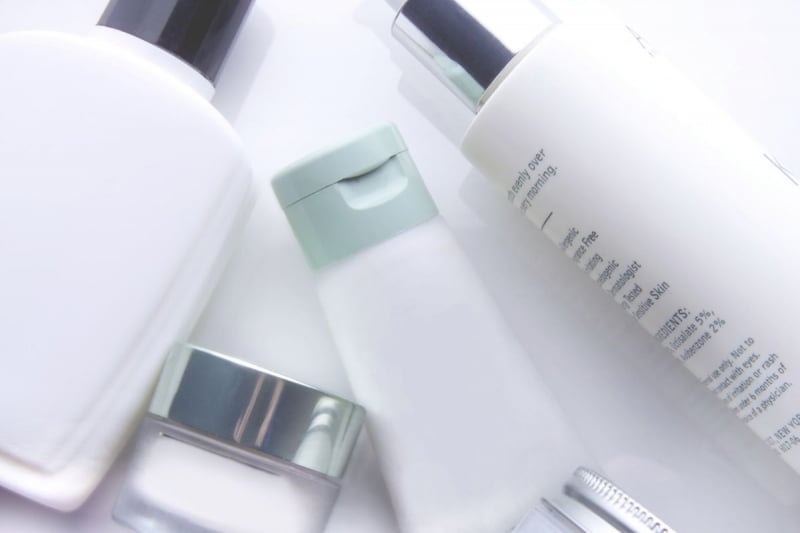
Image Credit: Cathay Pacific Official Website
Liquids & toiletries are where most people get caught out. The rule is simple. Any liquid, gel, or cream (this includes skincare, foundation, sunblock, deodorant, lip gloss, etc.) needs to be in a container no larger than 100ml. Everything must fit into one transparent, resealable 1-litre bag. This bag has to be taken out and placed separately during security screening. So no, you can’t bring your full-sized 200ml micellar water onboard because that’s guaranteed to be binned at security.
Makeup? Fine, as long as your liquid stuff follows the 100ml rule. Powders like compact foundation or eyeshadow palettes generally don’t fall under the liquid restrictions, so you’re safe there.
Food? You can definitely bring snacks like biscuits, chocolate, chips — basically dry items. What you can’t bring are liquids or semi-liquids like soups, porridge, or tubs of yogurt. If you’re thinking of bringing cup noodles, that’s okay, but you can’t fill it in with hot water before boarding, nor can you ask the stewardesses for hot water, so just remember to bring your own thermal flask. If you’re unsure, make sure to check the airline’s websites for regulations on specific items.
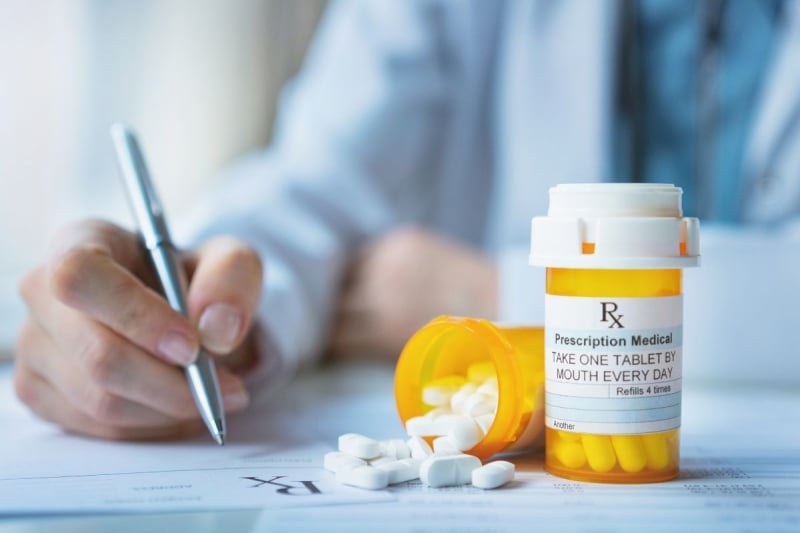
Image Credit: Cathay Pacific Official Website
Medication? Yes, you can bring your medicine. If it’s a liquid prescription that exceeds 100ml, you’ll need a doctor’s letter for verification. Otherwise, regular pills and small bottles within the 100ml limit are fine.
Baby items? Formula, breast milk, and baby food are allowed in reasonable amounts if you’re travelling with your child. But do declare them at security if needed.
Umbrellas? Small foldable ones are no problem. But those long umbrellas with sharp pointed ends? Not worth the risk; some airports will confiscate them. (But SQ does allow it, so again remember to check the specific airlines!)
The tech & electronics zone
Here’s where many people trip up without realising.
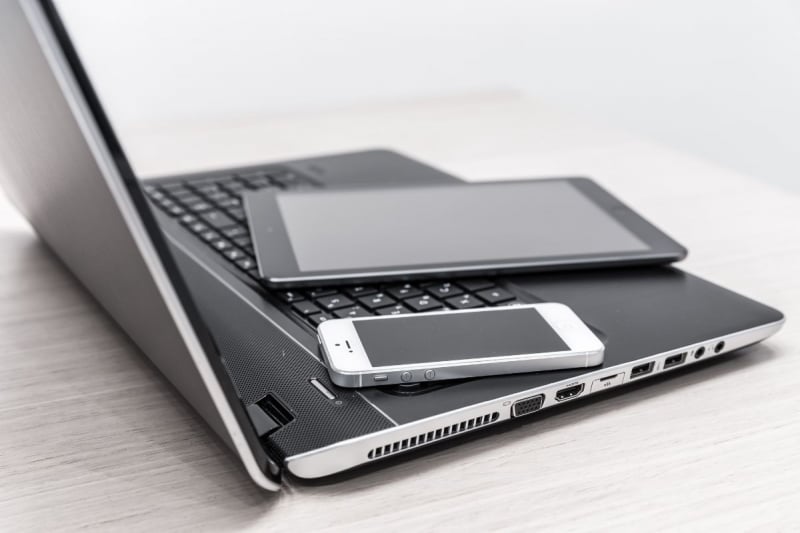
Image Credit: Maria Kray via Canva Pro
Power banks are allowed but must be packed in your carry-on, never in checked luggage. Most airlines (including Scoot and SIA) allow up to 100Wh per power bank freely. Some allow 100–160Wh, but you may need airline approval. If you don’t know how many Wh yours has, check the label before you fly. And remember, you’re not allowed to use or charge your power bank during the flight.
Laptops, tablets, cameras, and e-readers are all okay. Just remember to remove your laptop and larger electronics at security screening.
E-cigarettes are technically allowed onboard (battery restrictions apply), but you absolutely cannot use them during the flight. Also, under Singapore law, you’re not allowed to buy, own, or use e-cigarettes locally — so unless you’re simply transiting, it’s risky business.
Also read: Can You Bring a Vape into Singapore?
What’s definitely not allowed
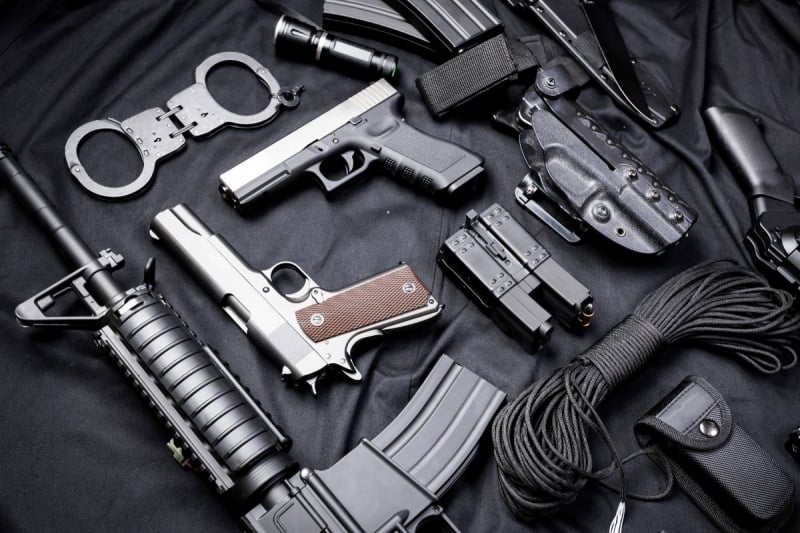
Image Credit: FabrikaCr via Canva Pro
There’s a pretty long list of things you should not even bother bringing in your hand-carry. This includes the obvious like weapons (and even toy weapons), sharp items like scissors or knives, sports gear like bats or golf clubs, fireworks, flammable items, pepper spray, corrosive substances, and large quantities of powder (especially if you’re flying to the US — anything above 350ml can be flagged).
And no weird stuff. You can’t bring your self-heating MRE meals, hoverboards, or electric scooters. If you even have to ask “safe or not” for some random item, honestly… safest is to leave it at home.
What about different destinations?
Here’s where it gets a bit extra. While most of these rules are pretty standard worldwide (since most airlines follow IATA regulations), certain countries do have stricter checks once you land.
For example:
-
Australia is notorious for its quarantine rules. No fresh fruit, meat, dairy, or even some wooden souvenirs.
-
The US has that powder rule for containers larger than 350ml.
-
Other countries may be stricter on alcohol, animal products, or plant-based items.
So, besides checking your airline, it’s always smart to take a quick look at your destination country’s customs website too. That small check could save you a lot of drama at immigration.
Also read: Airplane Travel Side Effects: What Happens to Your Body at 30,000 Feet
A few packing hacks
Over the years, I’ve learnt that a bit of preparation makes security checks and boarding so much smoother. I always pack my liquids into a Ziploc bag before even leaving home. My power bank, passport, and phone charger? They go into my smaller personal bag (I use the Uniqlo mini shoulder bag, but honestly, any mini sling works great), so I’m not awkwardly unzipping my main bag in the middle of the queue.

Image Credit: pixelshot via Canva Pro
And yes, I weigh my carry-on before I leave for the airport. Both Scoot and SIA do weigh your bag at the gate, and the last thing you want is to start your trip by repacking stuff at the counter with everyone watching, especially if you’re not the kinda person who arrives 3 hours early.
If you have the space, I also like throwing in a spare change of clothes in case my checked luggage decides to take a separate holiday. It’s one of those things you hope you never need, but you’re so glad to have when you do.
Final thoughts
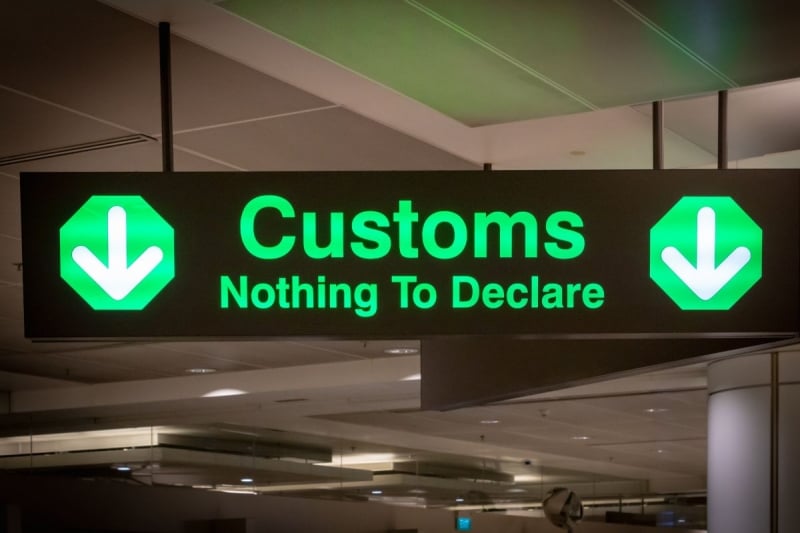
Image Credit: uskarp via Canva Pro
At the end of the day, most carry-on rules are pretty straightforward once you get the hang of them. It’s just liquids under 100ml, nothing sharp, no power banks in checked luggage, and when in doubt, leave it out.
But of course, every airline and country has their little quirks, so spending five minutes checking the airline’s website saves you from dealing with security officers throwing away your expensive serum or favourite umbrella in front of you.
Safe travels and may your carry-on never get gate-checked!




